Spray Art in Baku: When the Walls of the City Begin to Speak
Baku is a city where the ancient and the modern meet at every step. Narrow alleys of the Old City, the futuristic lines of the Flame Towers, the calm Caspian promenade, and the lively streets filled with music and conversation — everything here breathes a unique rhythm.
But beyond architecture and the sea, Baku speaks another language — the language of color, form, and creativity. It’s spray art, a form of street expression that turns the city’s walls into living canvases.
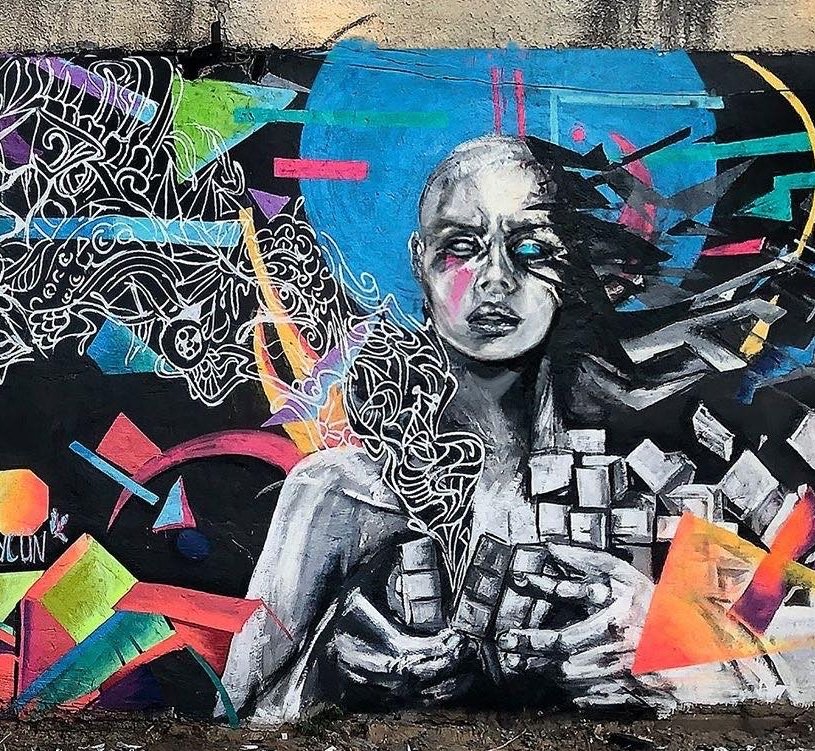
Spray art in Baku is a young but rapidly growing phenomenon. Over the past decade, the city has transformed: murals, graffiti, and creative inscriptions have appeared on its walls, not just to decorate, but to tell stories.
Each neighborhood has its own style. Some walls carry poetic phrases; others depict symbols of Azerbaijan or abstract bursts of color. Artists see the city as one endless canvas — a space where every wall becomes a starting point for dialogue.
The first traces of spray art appeared in the early 2000s, mainly in industrial areas and on the city’s outskirts. Young artists, inspired by the scenes of Berlin, London, and New York, began to bring that same spirit of freedom to their own streets. At first, it was simple — tags and anonymous drawings. Later came full compositions: faces, ornaments, and words layered with meaning. Gradually, people began to see that street art could add life to the city rather than spoil it. Soon, Baku hosted its first legal art festivals and community projects — such as Urban Art Azerbaijan and Art on a Wall — offering artists open spaces for creativity. These initiatives helped transform what was once considered vandalism into an accepted and even celebrated form of culture.
What makes Baku’s spray art special is its blend of tradition and modernity. Local artists often use national patterns — the buta, the pomegranate, the flame — symbols deeply tied to Azerbaijani identity. They reimagine these familiar motifs in bright, contemporary ways.
Some works convey social messages about the environment, identity, or the pace of urban life. Others are simply emotional bursts of color and light — reflections of the artist’s inner world. Techniques vary: aerosol, stencils, brushes, mixed media, even digital projection. If you look closely, you can see how sunlight, wind, and the rough texture of ancient stone become part of the artwork — as if the city itself participates in the act of creation.
Where to Find Street Art in Baku?
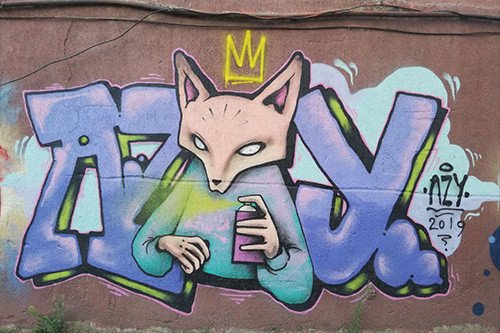
Today, you can find spray art scattered throughout the city — in both well-known and hidden corners:
Icherisheher (Old City) – rare, but deeply atmospheric pieces that blend ancient walls with bold modern color.
Bayil and Sabail – home to large murals and experimental art spaces where creativity meets the sea.
Nasimi District – a hub for local artists; residential blocks, playgrounds, and fences have become open-air galleries.
Baku Boulevard and Park Bulvar – often host festivals, pop-up art events, and temporary installations that appear and vanish with the seasons.
Each area tells its own story, adding a layer of personality to the city’s evolving image.
Thanks to growing artistic communities, Baku’s street art scene has gained recognition.
Projects like Urban Art Azerbaijan created a platform for artists to collaborate and exhibit legally. International artists joined too — from Turkey, Germany, and Italy — bringing fresh styles and new energy.
The Art on a Wall initiative connected art with architecture, transforming blank building facades into vibrant cultural statements. These efforts showed that art doesn’t need to be confined to galleries — it can live where people live, breathe, and walk every day.
What makes Baku’s spray art truly unique is its honesty. It doesn’t pretend to last forever. Paint fades, walls crumble, and yet, new pieces keep appearing — each one capturing a fleeting emotion, a moment in time. For some artists, it’s rebellion. For others, it’s a love letter to their city. And for the people who walk past these works every day, it’s a reminder that creativity is alive — even in the smallest corners of the urban maze.
Spray art has become part of Baku’s visual identity. It brings warmth, individuality, and emotion to the modern cityscape.
Where there were once empty gray walls, now there is color, rhythm, and life. For visitors, it’s a chance to see Baku differently — not just through museums and landmarks, but through the voices of its people. For locals, it’s a reminder that art isn’t only for galleries — it’s everywhere, alive, breathing, part of the city’s soul.
Street art in Baku continues to evolve. New artists, techniques, and collaborations appear every year. One day, perhaps, the city will have full-fledged art districts — neighborhoods where creativity and history merge into one living story.
Until then, the best way to experience it is simple: walk through the streets, look around, and listen. Because in Baku, even the walls have something to say.
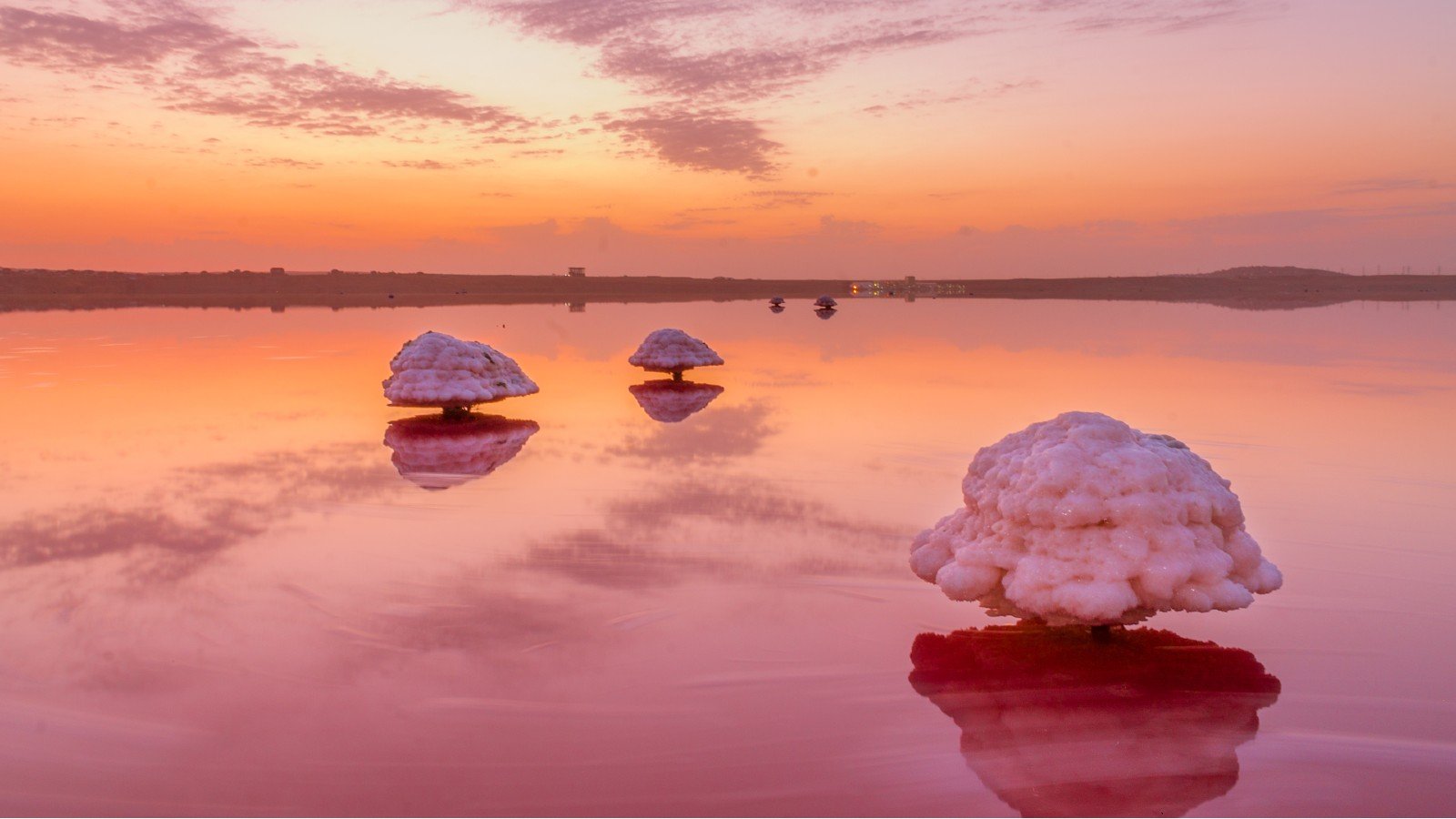
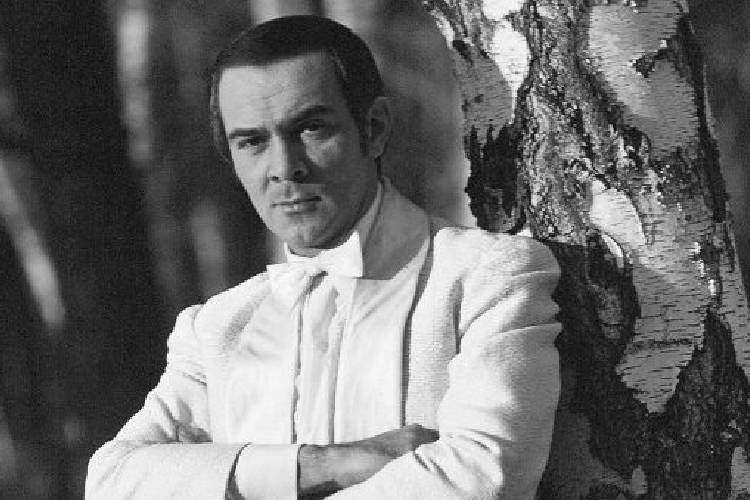
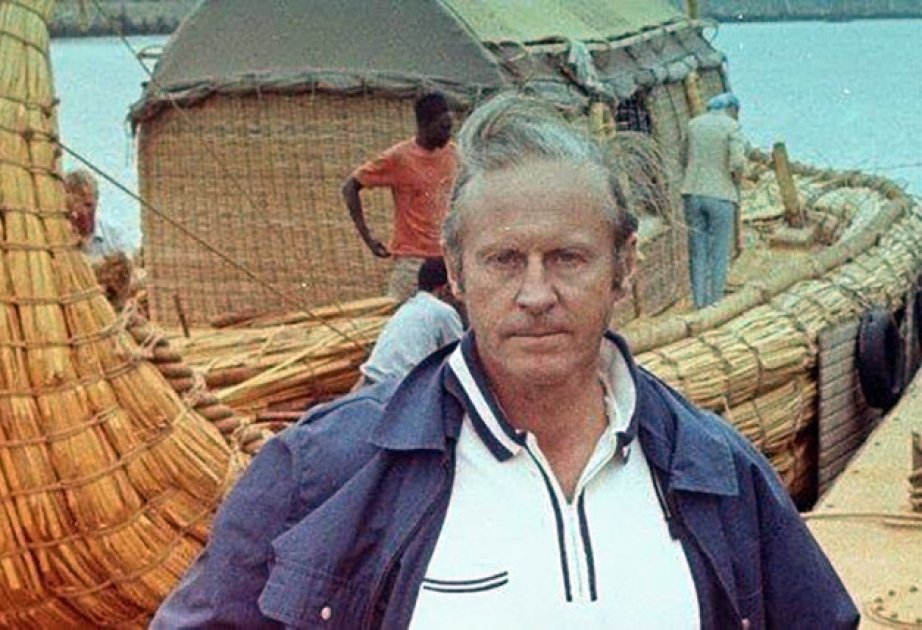
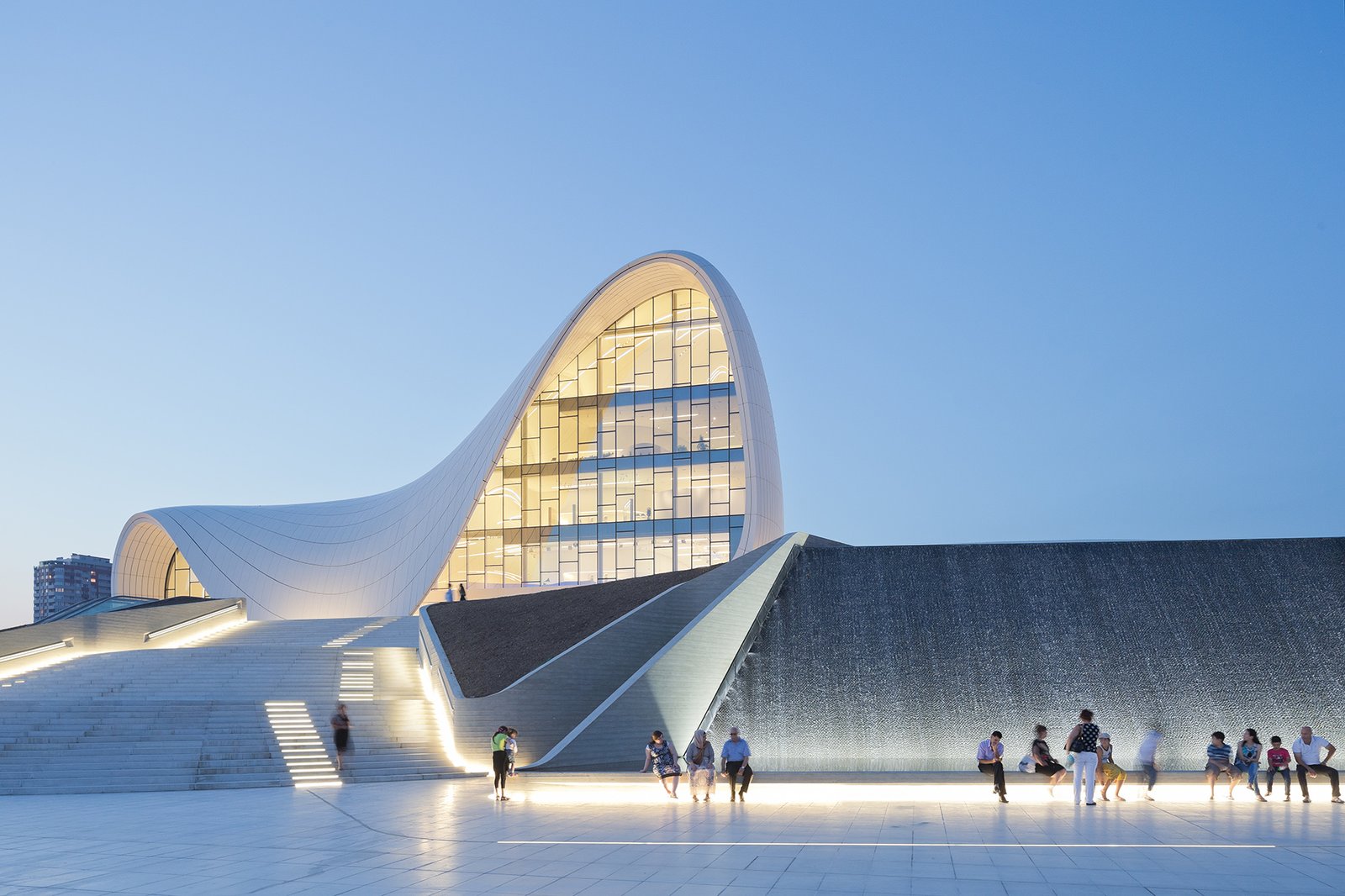
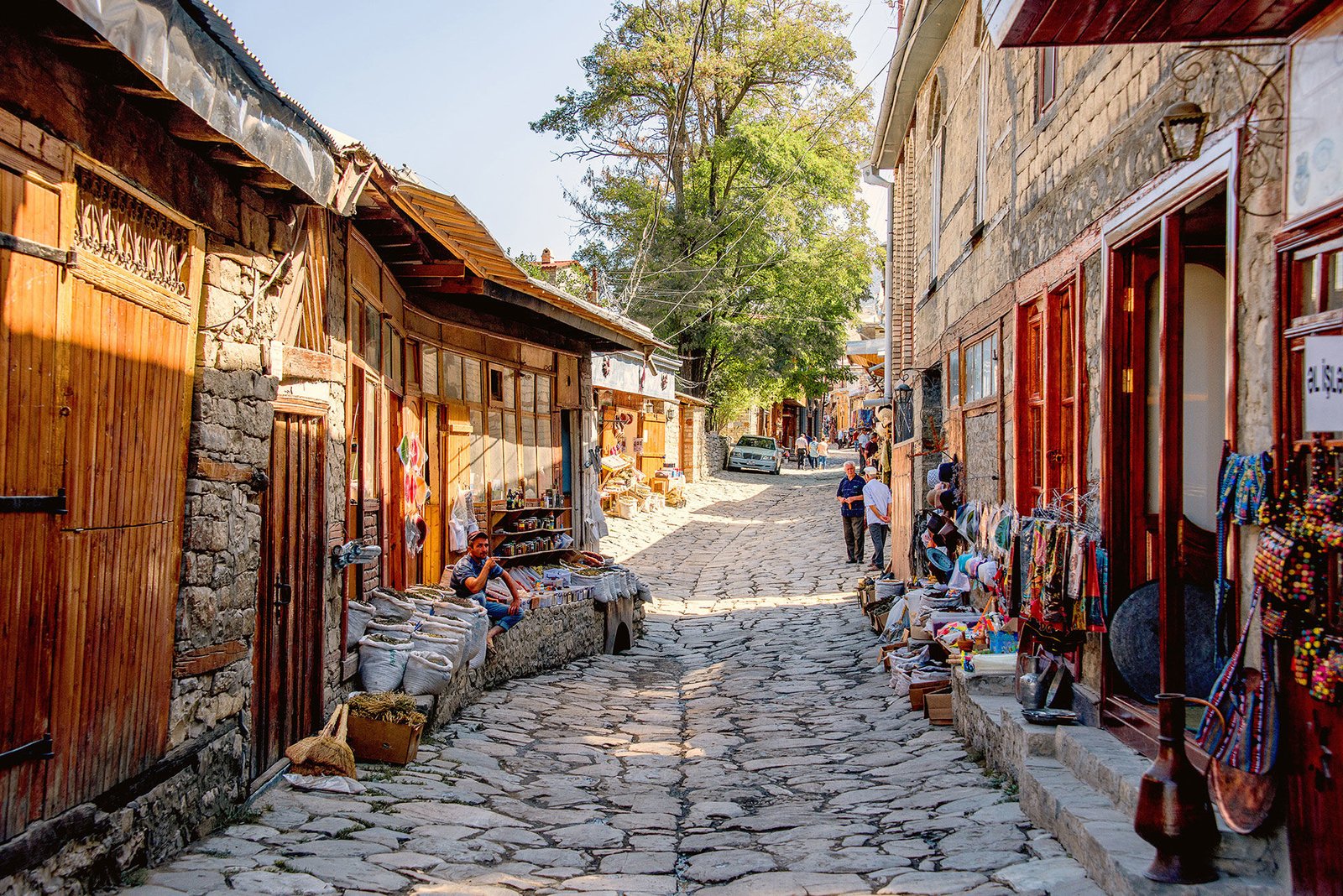
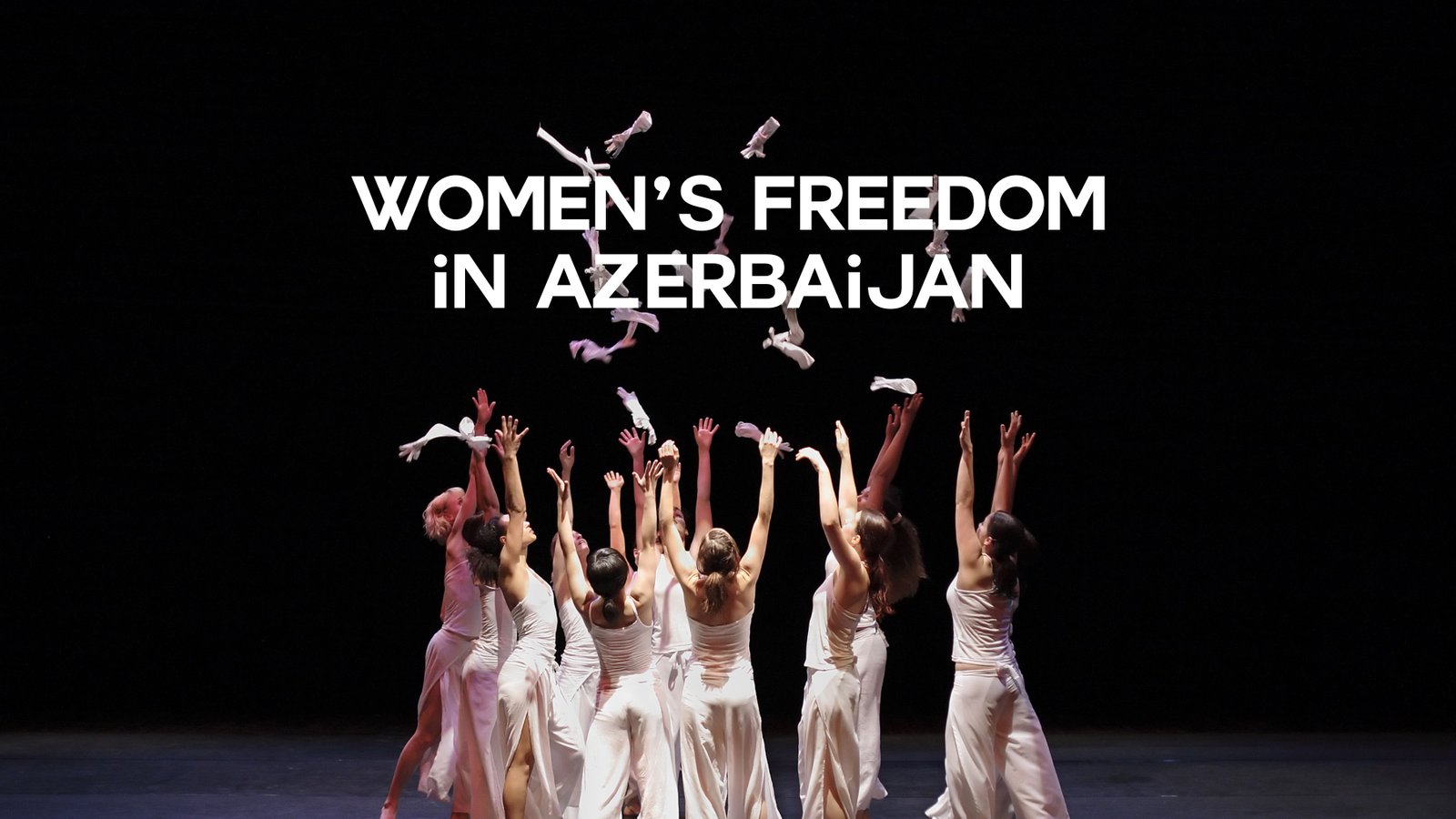

.jpg)
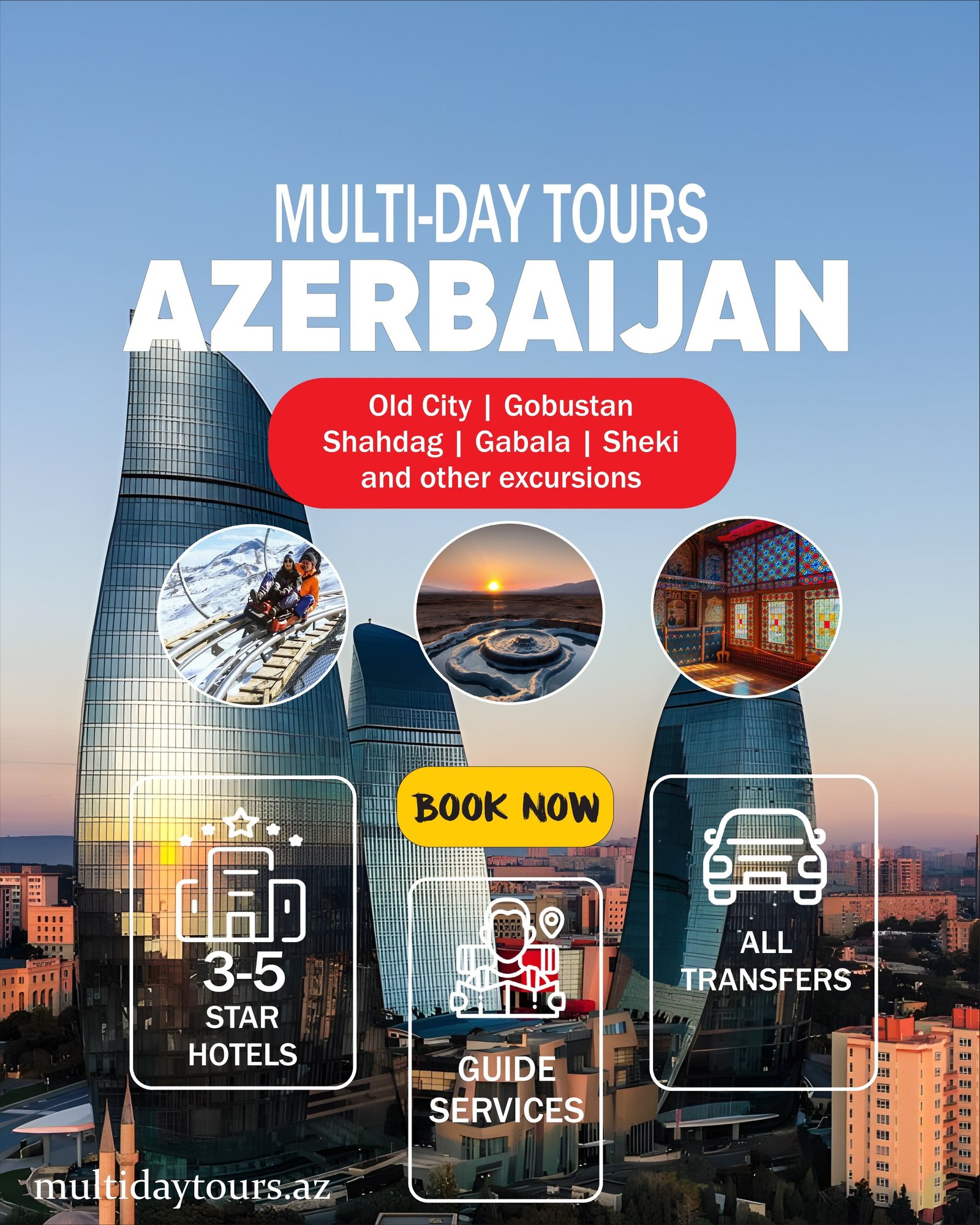



Comments
No comments yet.
Leave a Comment